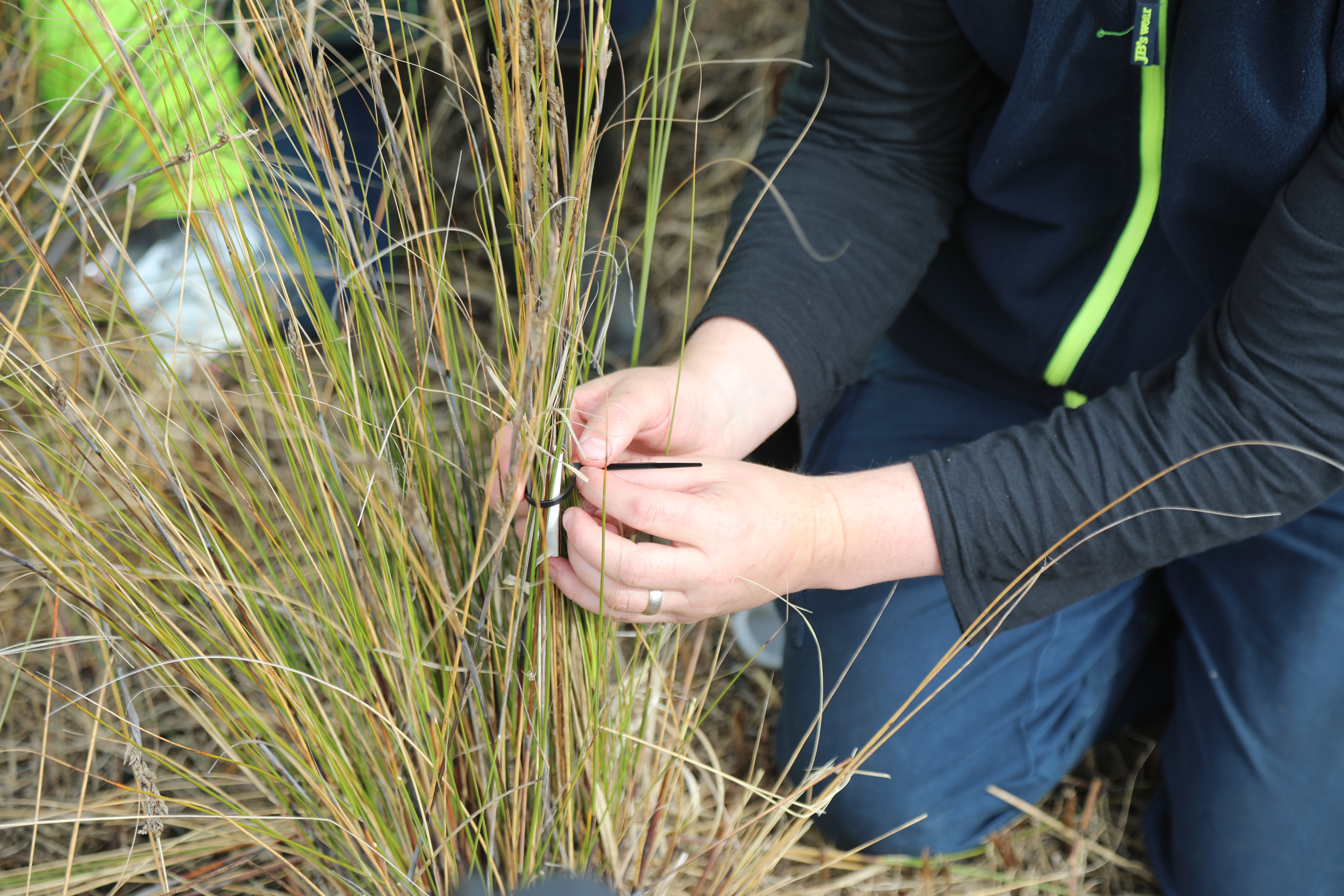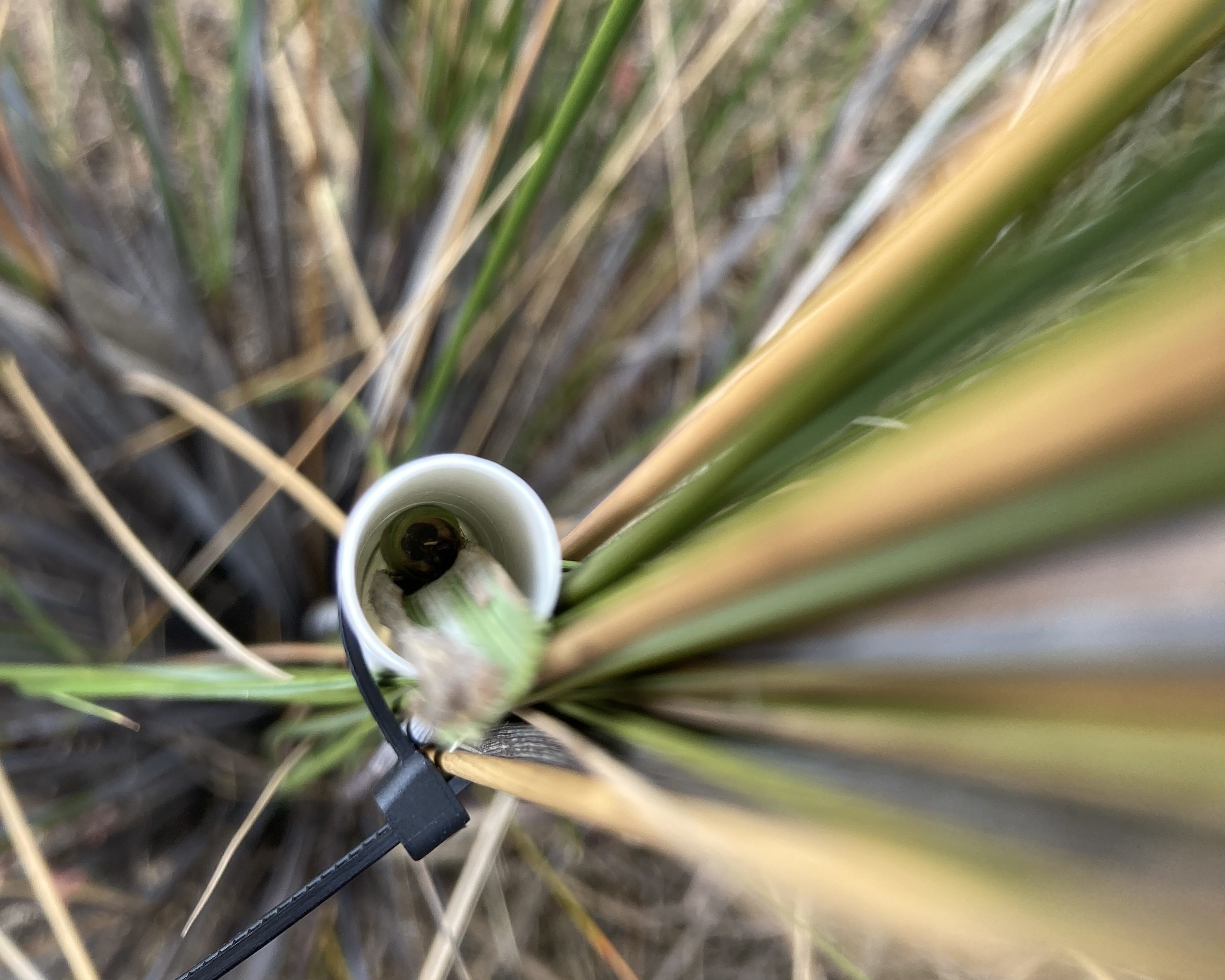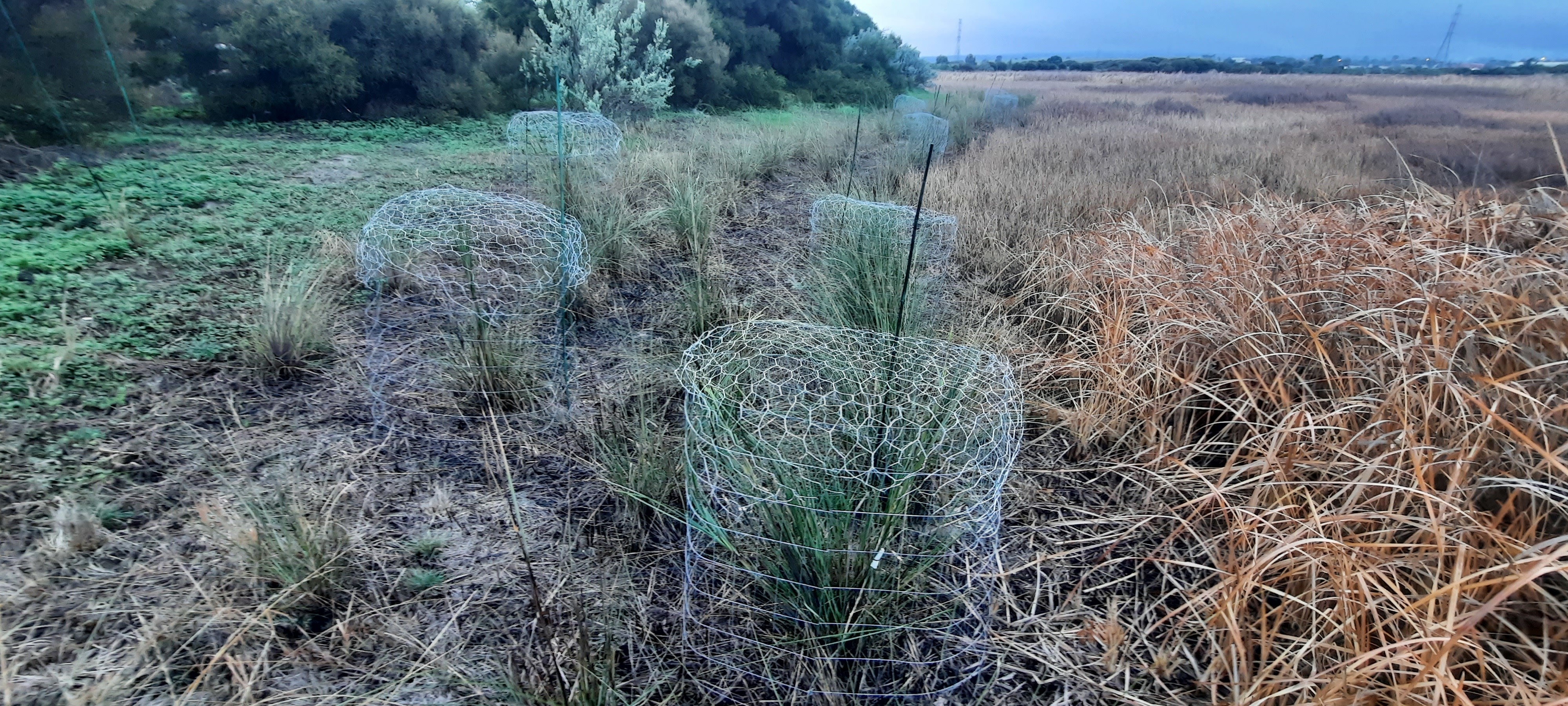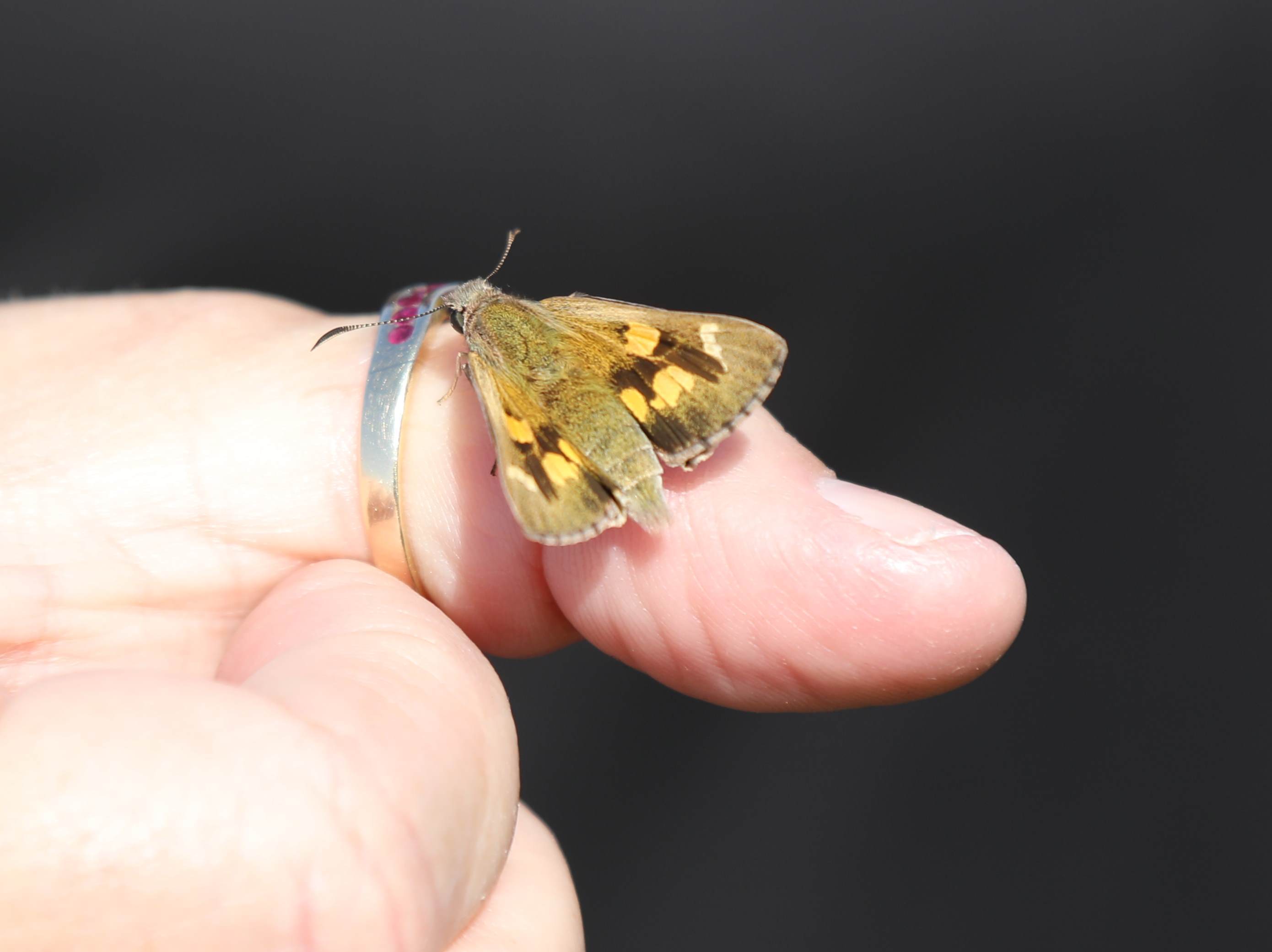A long-lost butterfly is returning to Adelaide. Here's everything you need to know and how you can help create a more butterfly friendly city.

More than thirty years ago, the yellowish sedge-skipper was last seen in metropolitan Adelaide. The butterfly’s much-loved food and home of thatching grass (Gahnia filum) disappeared due to urban and horticultural development, and so the butterfly did too.
Thanks to two decades of targeted plantings of thatching grass, larvae and butterflies are now being relocated back to Adelaide. Here’s all you need to know.
What are yellowish sedge-skipper butterflies?
The yellowish sedge-skipper (Hesperilla flavescens) is technically a skipper – a type of smaller, day-flying butterfly (not to be confused with day-flying moths, which the skippers do look at bit like because they have “furry” bodies). The name comes from the way they fly in a quick, “skipping” movement.
Yellowish sedge-skippers are particularly special because they only live in the coastal wetlands of South Australia and Victoria, and their larvae rely almost solely on thatching grass.

Why are these butterflies important?
A recent study by the Australian Entomological Society found that the yellowish sedge-skipper is one of over twenty butterflies at risk of extinction by 2040.
Butterflies like the threatened yellowish sedge-skipper do more for us than just adding colour and beauty to our gardens. They are special native pollinators (they help plants grow), and an essential building block of a healthy environment.
They are also an important — though low level — member of the food chain. They’re a food source for birds, spiders, lizards, mice and other animals.
Their home and food source, thatching grass, also attracts good bugs that eat pest insects, such as thrips. Thrips cause a lot of trouble in the horticulture industry.
How are the butterflies relocated?
The butterflies are relocated by identifying strong populations for relocation and safely introducing them to their new home with lots of their favourite food and habitat.
Yellowish sedge-skipper caterpillars/larvae are relocated in an artificial shelter (e.g. paper straws cut to the right length) and live there until they are ready to venture out and create their own home on a piece of thatching grass. Some are raised by experts and released as butterflies to new sites too.

Two recent releases in 2021 at Greenfields Wetlands are looking positive, and it will be early next year when we have some idea whether they’re happy with their new home (i.e. we hope to see signs of the skippers breeding).

What’s next to create a more butterfly friendly Adelaide?
Yellowish sedge-skipper populations, as well as other threatened butterfly species, are being monitored and relocations are being organised by experts, councils and the community as part of the Creating a more butterfly friendly Adelaide program.
We’re testing out whether wire cages around the artificial homes will help reduce the released caterpillars being eaten by birds, and if ecological burns (i.e. fires that encourage fresh thatching grass growth and manage weeds) help keep the habitat optimal for skippers.

Get involved
Rewilding Adelaide with butterflies is a vital step in the conservation of these native pollinators and also forms part of Adelaide’s push to become a National Park City.
You can help by signing and sharing the Charter to make Adelaide a National Park City. You can also subscribe to the Green Adelaide newsletter for the latest on the butterfly program.
Be part of a movement and let’s turn Adelaide into a more butterfly friendly city.
